|
Written by Meira Lee, Ashley Ding, Aimee Nguyen, Cindy Jiang, Allison Lunandy, and Megan Tang Moon Festival/Mid-Autumn Festival (throughout Asia but mostly China) The Mid-Autumn Festival, also known as Moon-Cake Day, is celebrated this year on October 1st. Many countries in Asia celebrate this festival for what’s known to be the “fullest moon in the year”. There is a special pastry that is specifically sold during this festival called “Moon Cakes”. It is traditionally given to friends and family to be eaten after dinner, while admiring the Moon when eating it. There are many myths connected to this festival however, one of the most famous myths is about the moon goddess, Chang’e. The myth is briefly about a hero named Hou Yi who marries a kind and beautiful girl named Chang’e. One day, the Goddess of Heaven gifts a special potion to Hou Yi which can turn him into a god. For the safety of the potion, he gives it to Chang’e while he is out hunting. Unfortunately, Hou Yi’s jealous friend, named PengMeng, had overheard about the potion which he attempts to steal from the couple’s home. PengMeng demands Chang’e to give him the potion. Afraid that PengMeng might take it away, she drinks the potion which turns her into a goddess. She floats away to the moon in hopes of still being close to Hou Yi. Since then, on the night of a full moon, Hou Yi would place food on a table as an offering for Chang’e. Diwali/Deepavali (Indian light festival) Diwali, also spelled Divali, is a light festival celebrated in Hinduism, Jainism, and Sikhism. It lasts for 5 days, from the 13th day of the dark half of the lunar month Ashvina to the second day of the light half of Karttika. On the Gregorian calendar, it is between October and November. Houses and buildings are decorated with small oil lamps called diyas. Traditions of Diwali are visiting relatives, using fireworks, and having feasts. During this festival, Lakshmi, the Hindu goddess of wealth, is worshipped as the bringer of blessings for the new year. Chuseok (Korean Thanksgiving) Chuseok, also known as, “Korean Thanksgiving”, is one of the most prominent and cheerful annual holidays in Korean culture celebrating bountiful harvest and good luck for the upcoming year. Although Chuseok falls on Thursday October 1st in the year 2020, the holiday period consists of 3 days including the day before, of, and after Chuseok. The roots of Chuseok can be traced back to around 57 BCE where on the day of day of a full harvest moon, families would come together to celebrate and give thanks to their ancestors for the plentiful harvest. In today’s society, modern Korean families continue the traditions of Chuseok by returning to their ancestral hometowns, playing games with their families, and of course, enjoying various ethnic foods such as Songpyeon, Nokdujeon, Pajeon, Japchae, and Hangwa. One of the most important traditions of Chuseok is making and eating a kind of rice cake called Songpyeon. Songpyeon is made of finely ground rice flour and is kneaded into small circular shapes and is filled with sweet and savory ingredients such as red bean, sesame seeds, and mung bean. On the eve of Chuseok, family members gather together to make this important dish, symbolizing and emphasizing the importance of family in Korean society which is why this dish is one of the things that bring Chuseok all together. More modern traditions of Chuseok consist of gift-giving and playing various folk games such as Ssireum(traditional Korean wrestling), Juldarigi(tug-of-war), and Dak sa um(chicken fighting). Loy Krathong+Yi Peng (Thai lantern celebration) Every 12th moon of the Thai lunar calendar, Thailand celebrates Loy Krathong and Yi Peng, holidays to release bad energy, wish for luck, honor the water goddess and Buddha, and as a Thai Valentine’s day. People all over Thailand celebrate Loy Krathong, but it is very popular in Chiang Mai because they also celebrate Yi Peng at the same time and Sukhothai, the birthplace of Loy Krathong. For Loy Krathong, people make krathongs, which are small lotus-shaped floats made from banana leaves, flowers, candles, and incense, while people release paper lanterns for Yi Peng. People believe that if your krathong or lantern stays together with your partner, it means you will have a happy future together with them. Bunka no Hi (Japanese Culture Day) Bunka no Hi, aka Culture Day, is an annual celebration that takes place in Japan on November 3rd every year. This day originates from the birthday of the late Emperor Meiji in 1868. This holiday celebrated his birthday up until the post-War constitution in 1947, when Japan announced they would focus and commit to freedom, peace, and culture after WWII. The holiday was then renamed and rebranded to “Bunka no Hi”, with a purpose to promote the freedom of expression in art, culture, and academics in Japan. On this day, many festivals, parades, art exhibitions, and award ceremonies take place. Many museums even have free admission during Bunka no Hi! Additionally, the Order of Culture award ceremony takes place on this day. During this ceremony, many awards are presented by the emperor to those who have made significant achievements in art, culture, and academics to Japan. Chaul Chnam (Cambodian New Year) Chaul Chnam, or Cambodian New Year, is celebrated on April 13th or 14th, in accordance with the Buddhist Era calendar. It also marks the end of harvesting season, which is also the beginning of the rainy season. Many businesses and institutions will close for at least three days to accommodate for celebrations, as well as for those who will travel back home to celebrate with their families. Traditionally, the New Year is celebrated for much longer than three days, with an inclusion of the two weeks before and after New Year’s Day. However, the three days remain the most central of celebrations. Day 1 is called Maha Songkran, roughly translated as “big change”. On this day, people will complete ritual bathing and use white powder as a sign of cleanliness. Day 2, Virak Wanabat, is a day of giving, specifically from children to parents to grandparents, and to those in the community that are less fortunate. Day 3 also has ritual bathing, but for statues of Buddha, monks, and sometimes parents and grandparents, in order to attract good luck, as well as longevity. Many families will gather during Chaul Chnam and throw parties, distribute gifts, and play traditional games during this time of celebration. Sources: https://www.cnn.com/travel/article/what-is-mid-autumn-festival/index.html https://www.travelchinaguide.com/essential/holidays/mid-autumn-legends.htm https://www.britannica.com/topic/Diwali-Hindu-festival https://www.nationalgeographic.org/media/happy-diwali/ https://www.bbc.co.uk/newsround/15451833 https://www.mtshastama.org/chuseok/tradition.cfm https://asiasociety.org/korea/chuseok-korean-thanksgiving-day https://english.visitkorea.or.kr/enu/ATR/SI_EN_3_6.jsp?cid=2415313 https://www.tripadvisor.com/Attraction_Review-g293917-d8820428-Reviews-Yi_Peng_and_Loy_Krathong_Lantern_Festival-Chiang_Mai.html https://www.asiahighlights.com/thailand/loy-krathong-festival https://www.thejapaneseshop.co.uk/blog/culture-day-japan/ https://savvytokyo.com/culture-day-quest-japanese-traditions/ https://www.siemreap.net/visit/about-cambodia/festivals-holidays/khmer-new-year/
1 Comment
|
Description
For the 2020-21 season, REACH will be releasing a new blog post written by our officers during the first and third Wednesdays of each month about different aspects of Asian culture, such as pop culture, conflicts faced, representation in media, history, celebration and holidays, and stereotypes. We hope you enjoy reading them! Archives
March 2021
Categories |

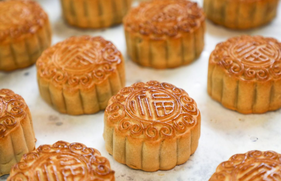
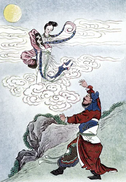
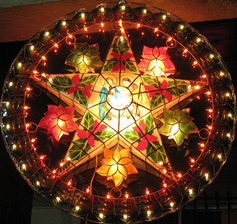
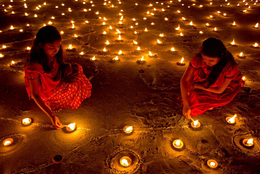
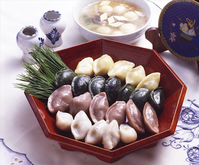
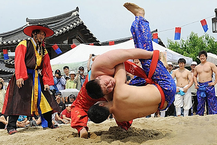
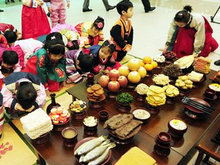
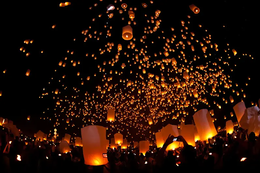
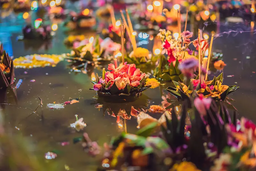
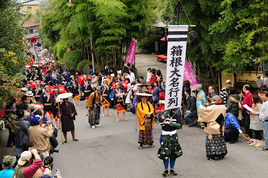
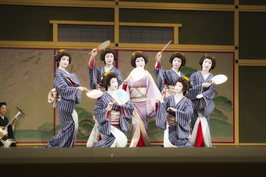
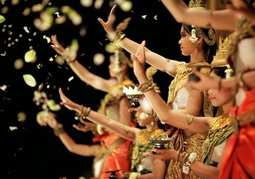
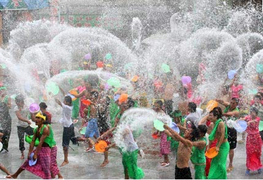
 RSS Feed
RSS Feed
